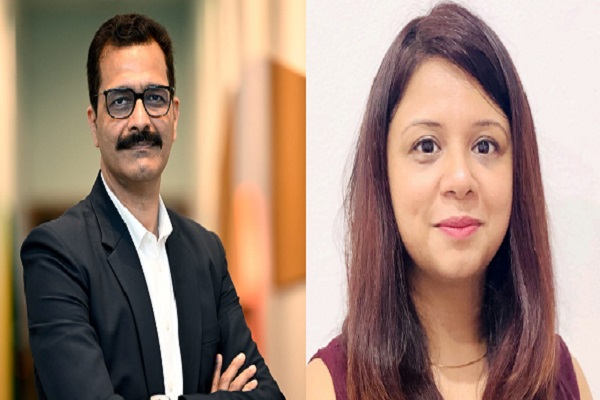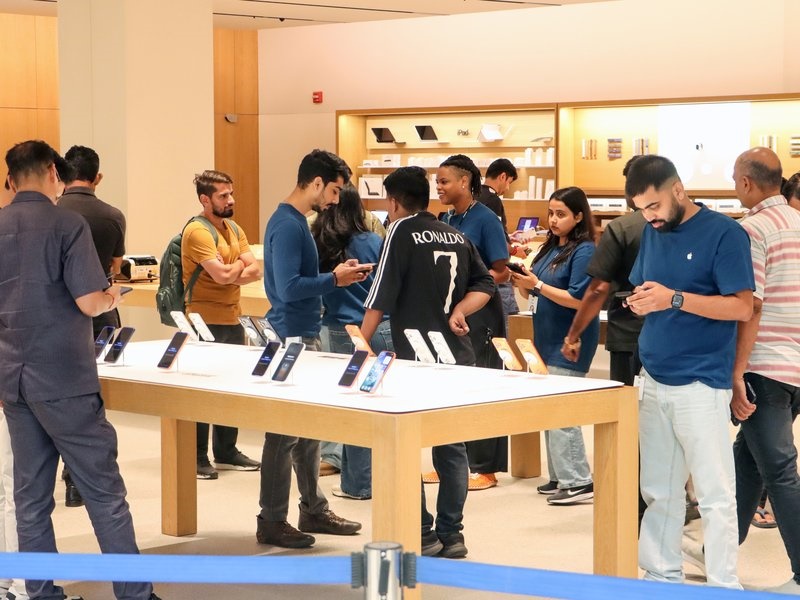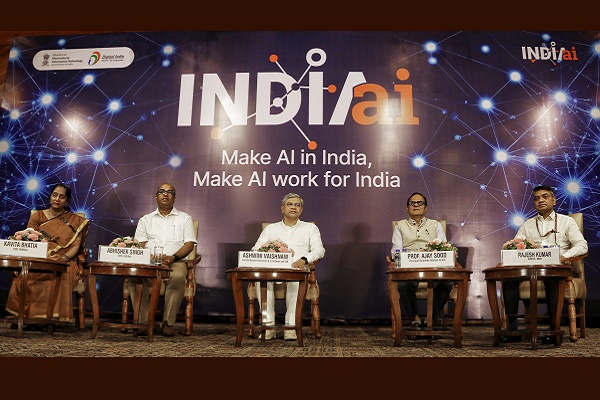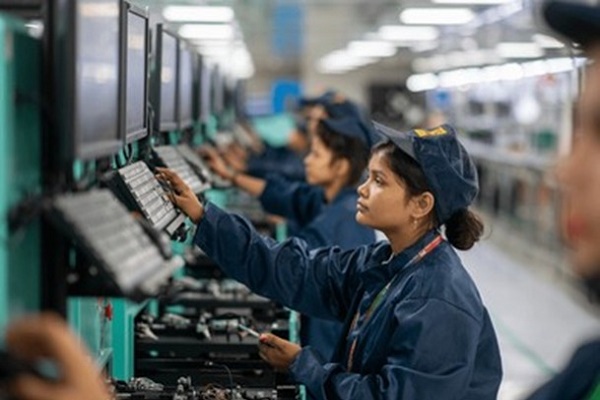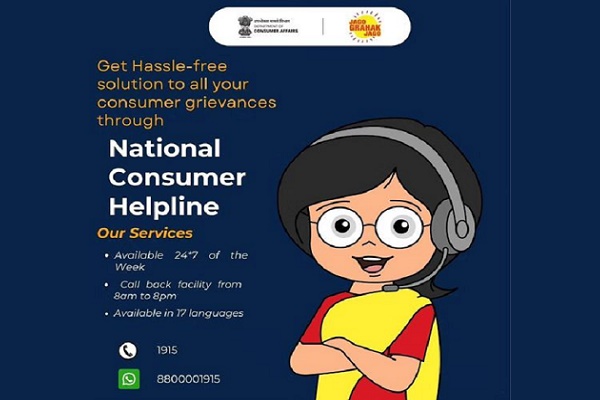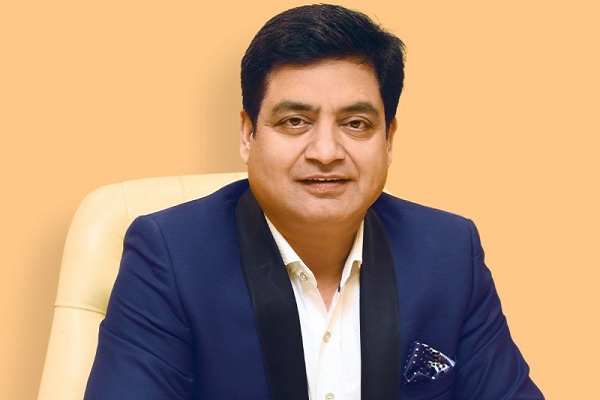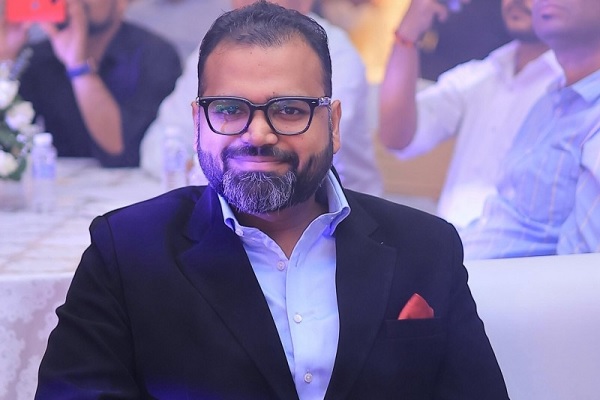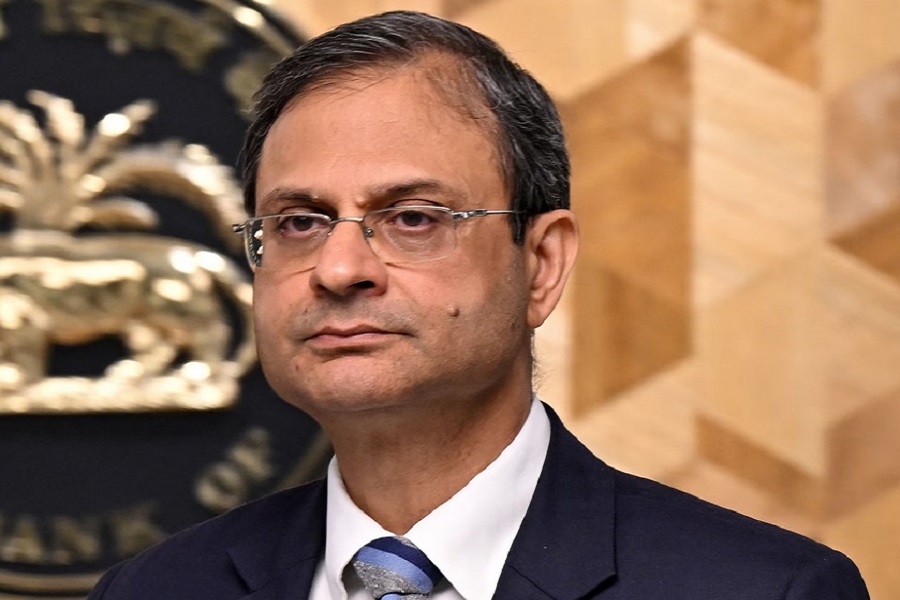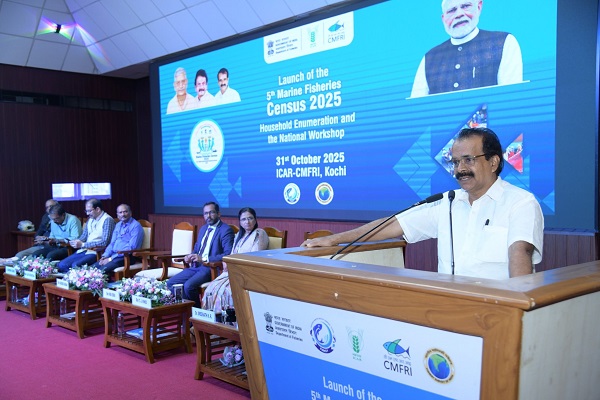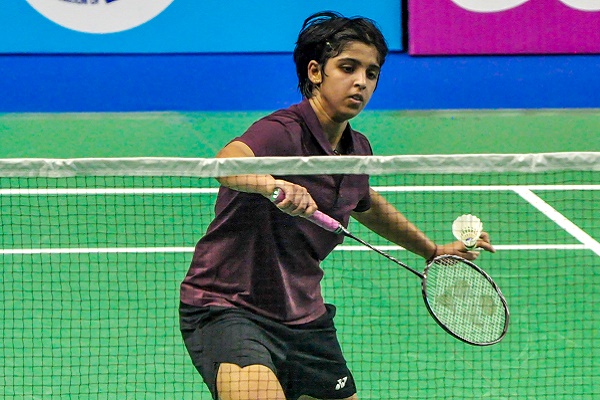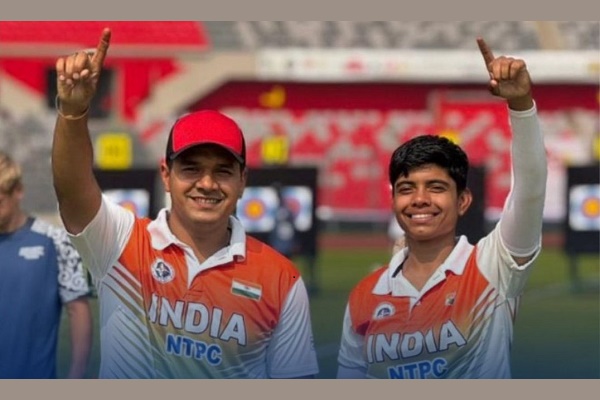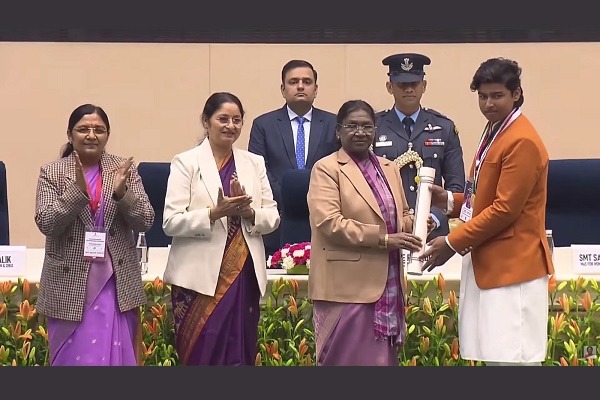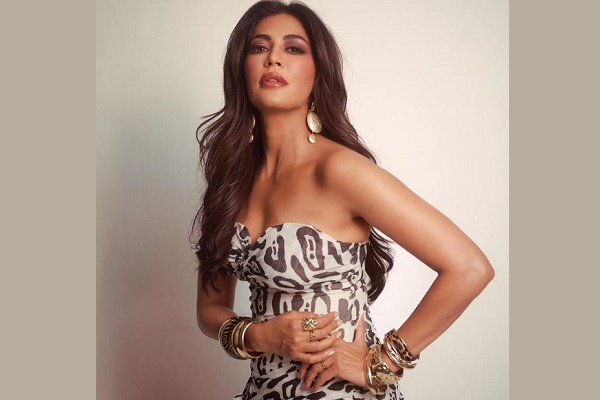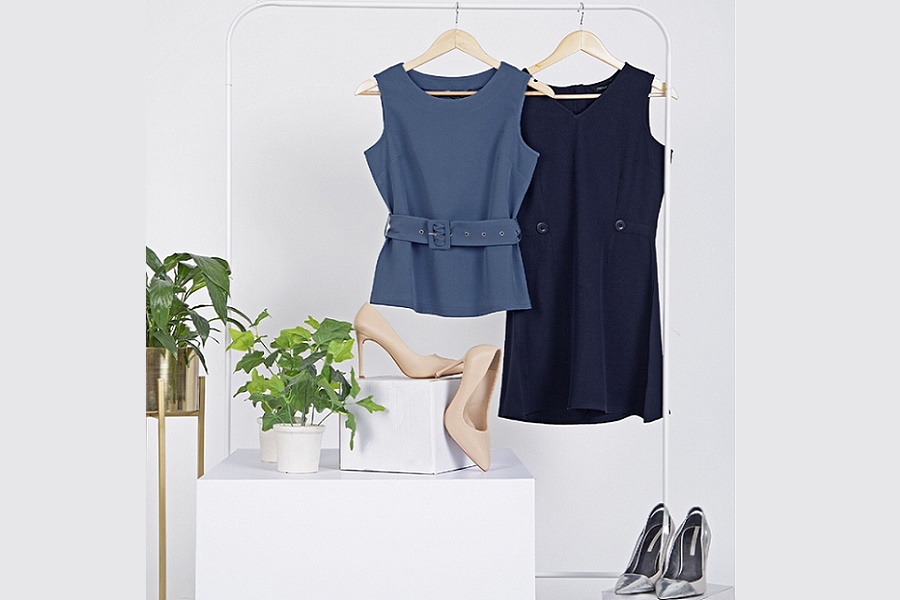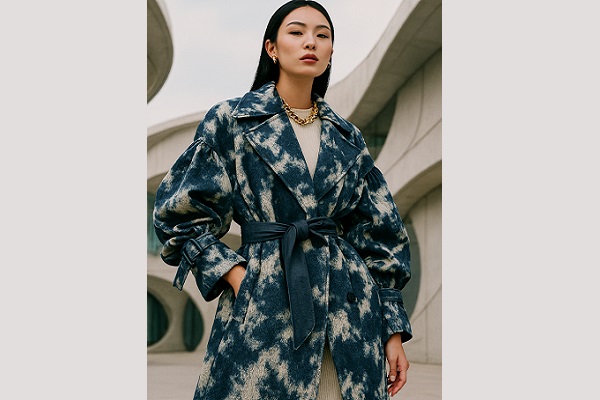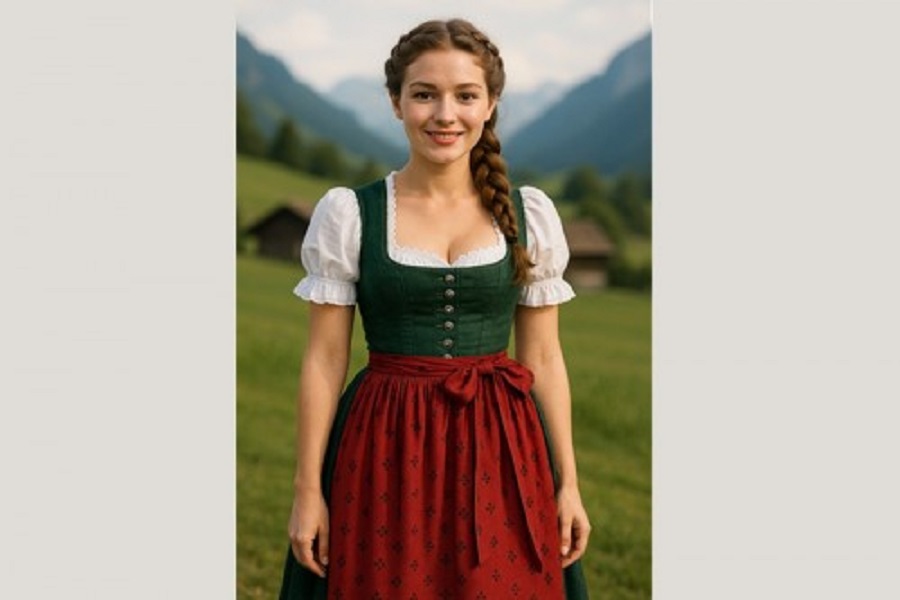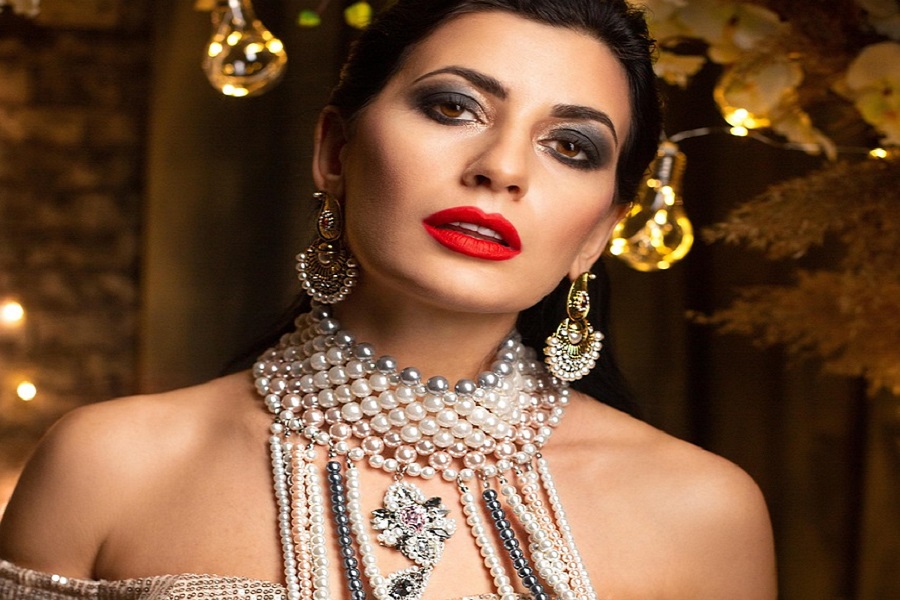The Evolution of Bollywood Fashion: A Journey Through Glamour and Style
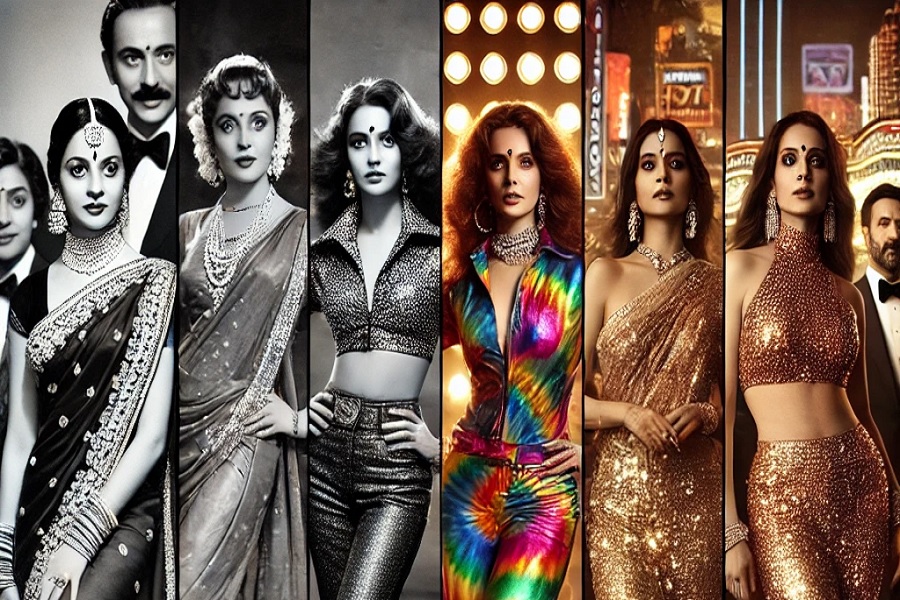
Bollywood, the heart of Indian cinema, has always been synonymous with grandeur and spectacle. Beyond the drama and music, fashion in Bollywood has played a pivotal role in shaping cultural trends and setting style benchmarks. From the early days of black-and-white cinema to the high-definition visuals of today, Bollywood fashion has undergone a remarkable transformation, mirroring societal changes and global influences.
The Golden Era: Simplicity and Elegance (1940s-1960s)
The early years of Bollywood were marked by a minimalist approach to fashion. Actresses like Nargis and Madhubala epitomized grace with their elegant sarees, while actors like Dev Anand popularized tailored suits and hats. Costume designs reflected India’s traditional roots, with actresses often adorned in classic silk sarees, intricate jewelry, and natural makeup.
Madhubala’s iconic look in "Mughal-e-Azam" remains etched in memory as a masterpiece of Mughal-inspired fashion. The costumes, crafted with intricate detailing, showcased India’s rich cultural heritage.
The Swinging Seventies: Bold and Experimental
The 1970s brought a wave of change, both in cinema and fashion. Bollywood embraced bold colors, psychedelic prints, and dramatic styles. Actors like Amitabh Bachchan and Zeenat Aman became fashion icons. Bachchan’s bell-bottoms and oversized sunglasses in "Don" set trends, while Aman’s bohemian chic in "Hare Rama Hare Krishna" reflected the era’s rebellious spirit.
Disco culture also seeped into Bollywood, with movies like "Karz" showcasing glittery costumes, sequined dresses, and flashy accessories. This era marked the beginning of Bollywood’s flirtation with Western fashion.
The Power Dressing of the 1980s
The 1980s saw Bollywood transition to more structured and dramatic looks. Power dressing dominated, with actresses like Sridevi donning bold shoulder pads, metallic outfits, and striking makeup. Films like "Chandni" reintroduced the charm of sarees but with a modern twist, as Sridevi’s chiffon sarees became an enduring trend.
Meanwhile, actors like Anil Kapoor popularized leather jackets and rugged looks, symbolizing the decade’s edgier style.
The 1990s: Glamour Meets Globalization
With the liberalization of India’s economy, Bollywood’s fashion became more global. Designers like Manish Malhotra entered the scene, revolutionizing film costumes. His work in "Rangeela" and "Dil To Pagal Hai" introduced modern, youthful styles that resonated with audiences.
The 1990s also saw the rise of iconic outfits. Kajol’s green saree in "Dilwale Dulhania Le Jayenge" and Madhuri Dixit’s purple lehenga in "Hum Aapke Hain Koun..!" became cultural phenomena. Actors like Shah Rukh Khan brought a mix of casual and formal wear, appealing to a younger demographic.
The 2000s: High Fashion and Designer Collaborations
The new millennium marked Bollywood’s deep collaboration with fashion designers. Films like "Kabhi Khushi Kabhie Gham" and "Devdas" showcased opulent costumes designed by celebrated names like Neeta Lulla and Abu Jani Sandeep Khosla. Bollywood stars started embracing international brands, blending traditional Indian wear with Western aesthetics.
Actresses like Kareena Kapoor in "Kabhi Khushi Kabhie Gham" introduced the idea of the “Poo” look—a mix of glamor, boldness, and confidence that defined fashion goals for years.
Contemporary Bollywood: Fusion and Sustainability (2010s-Present)
Today, Bollywood fashion is a blend of global trends and Indian craftsmanship. Actresses like Deepika Padukone and Alia Bhatt are seen promoting sustainable fashion, wearing eco-friendly designs on red carpets. Films like "Padmaavat" and "Bajirao Mastani" continue the legacy of grandeur, with intricate traditional costumes by designers like Sanjay Leela Bhansali.
Meanwhile, off-screen Bollywood stars influence streetwear and casual fashion. Athleisure, fusion wear, and gender-neutral styles are now mainstream, thanks to the industry’s trendsetters. Social media platforms amplify their impact, making Bollywood fashion more accessible and interactive.
The Cultural Impact of Bollywood Fashion
Bollywood’s influence on fashion extends beyond India’s borders. From inspiring wedding trends to influencing international runways, Bollywood remains a global style beacon. Designers worldwide often cite Bollywood as an inspiration for their collections, underlining its enduring allure.
As the industry evolves, so does its fashion narrative. The fusion of traditional and contemporary styles, coupled with the embrace of sustainability, ensures that Bollywood will continue to set trends while reflecting India’s rich cultural tapestry.
Conclusion
Bollywood fashion is more than just glamorous attire; it’s a reflection of India’s evolving identity. Each era of Bollywood tells a story, not just through its films but also through its costumes. As Bollywood continues to reinvent itself, its fashion journey remains an integral part of its timeless charm.
